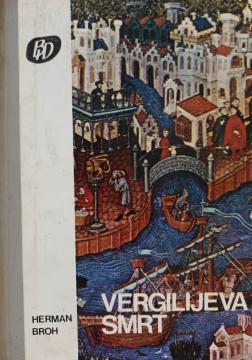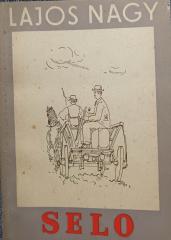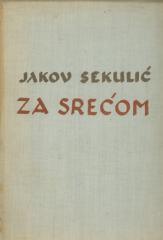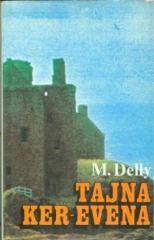
Vergilijeva smrt
„Vergilijeva smrt“ (1945) je najpoznatije delo Hermana Broha. Roman prati poslednje dane rimskog pesnika Publija Virgilija Mara, koji, teško bolestan, putuje iz Atine u Brundizijum, stižući na rođendan cara Avgusta 19. godine nove ere.
Radnja se odvija u poslednjih osamnaest sati Vergilijevog života, obuzetog groznicom i predosećanjem smrti. Roman je podeljen na četiri poglavlja, od kojih svako odgovara jednom delu dana: dolazak brodom, šetnja kroz sirotinjske četvrti, razgovor sa carem Avgustom i konačna smrt.
Vergilije, teško bolestan od melanholije, leži na nosilima usred mase putnika, simbola haosa i prolaznosti. Doktor Harondas bolest vidi kao stvaralačku silu. U palati, kroz tok svesti – „jedinu lirsku pesmu“ – pesnik očajava: Eneida nije autentična umetnost, već kompromis sa carskom ideologijom. Želi da uništi rukopis, ali ga Avgust odvraća, ističući njegovu ulogu u stabilizaciji Carstva.
Filozofski dijalog sa carem otkriva dualizam: umetnost traži istinu i transcendentno, moć – red i laž. Broh istražuje egzistencijalnu krizu umetnika u prelaznom dobu (od paganskog do hrišćanskog), melanholiju kao put ka prosvetljenju i sukob između titanskog i dionizijskog.
Na samrti, vizija majke i deteta – prefiguracija hrišćanstva – oslobađa Vergilija. On umire u ekstazi, prihvatajući smrt. Hibridni žanr – istorijski roman, lirska pesma – prepun je simbola, inspirisan Džojsom. Projektuje Brohovu krizu u egzilu: potragu za smislom usred haosa. Izazovno, duboko delo o autentičnosti i etici kreativnosti.
Dva primjerka su u ponudi
Primjerak broj 2
- Tragovi patine
- Potpis prethodnog vlasnika





